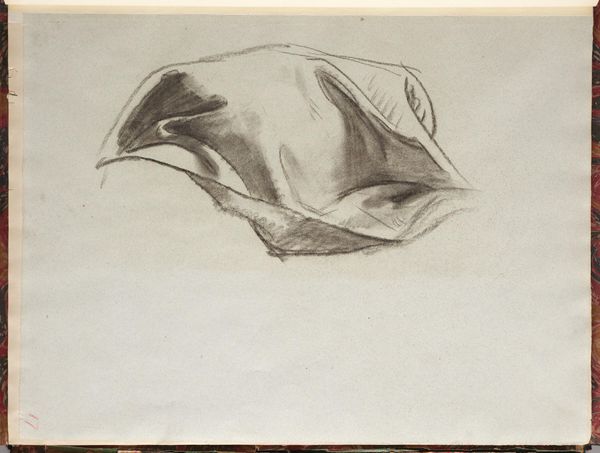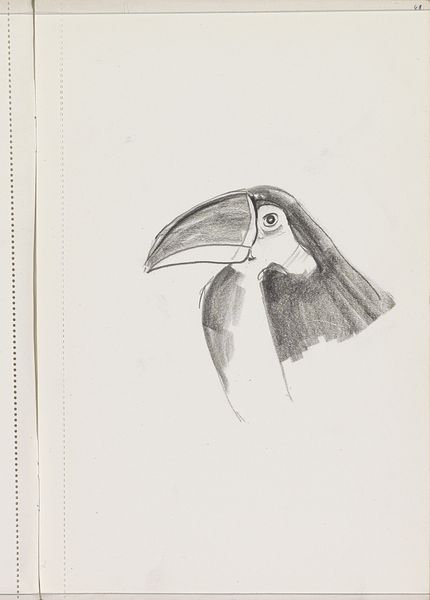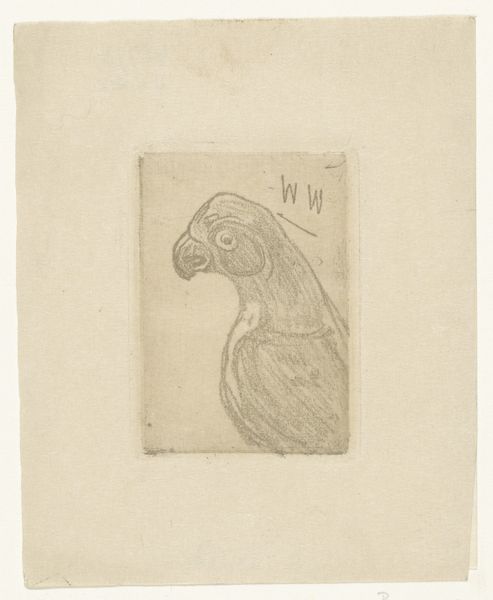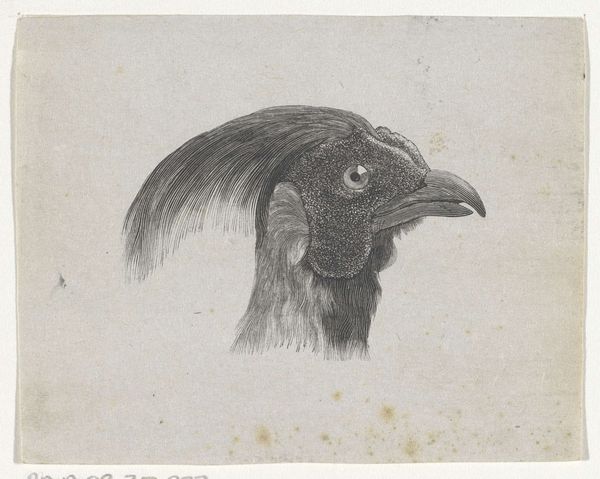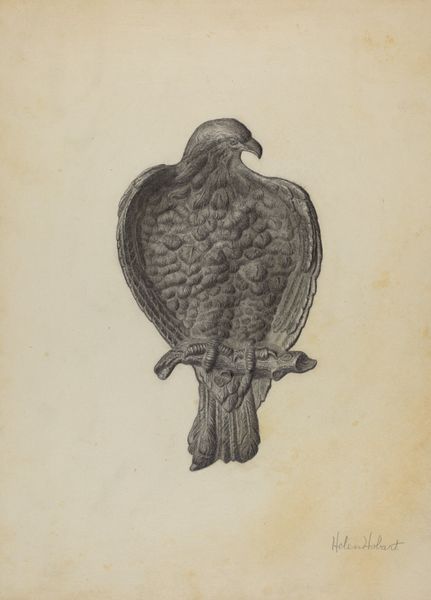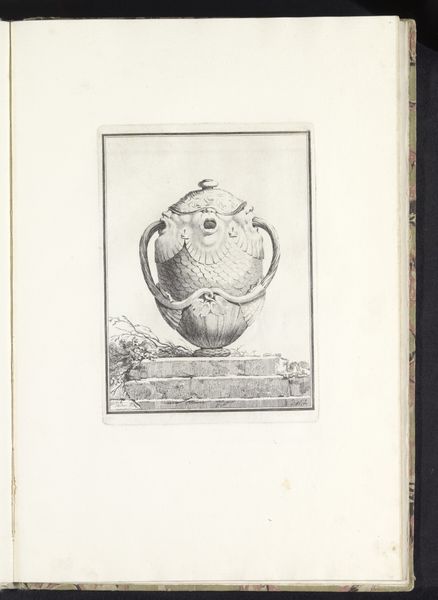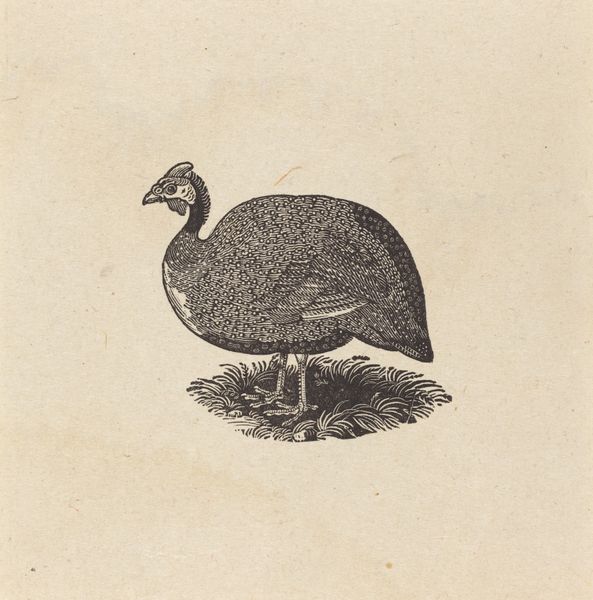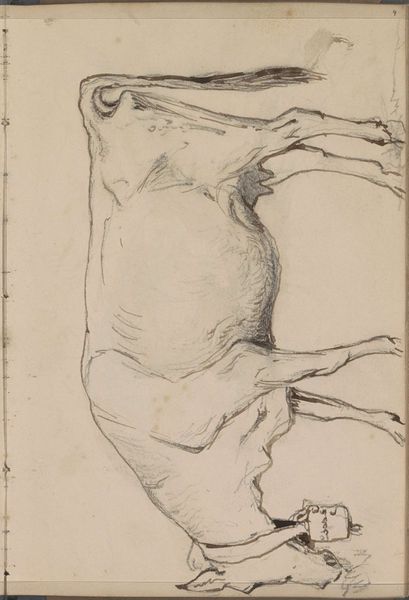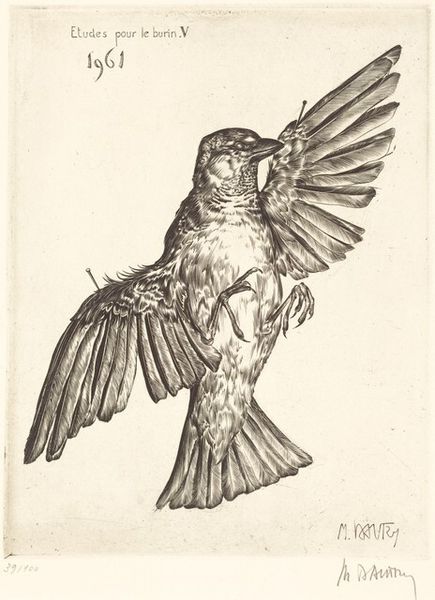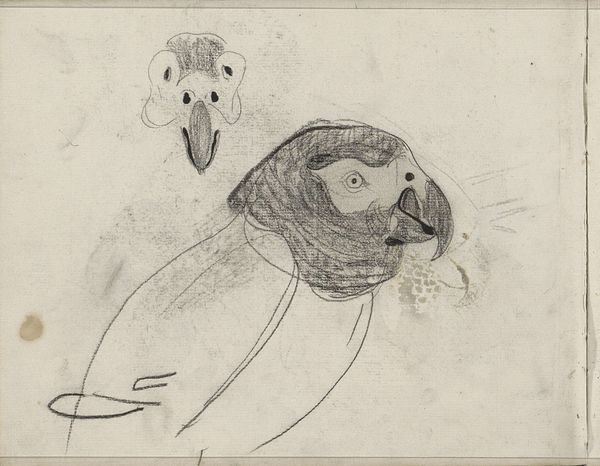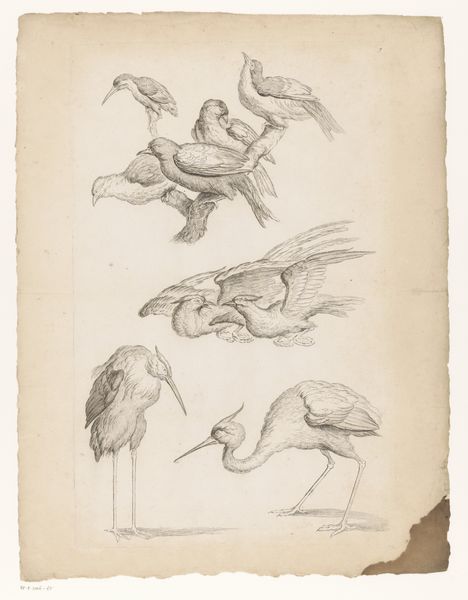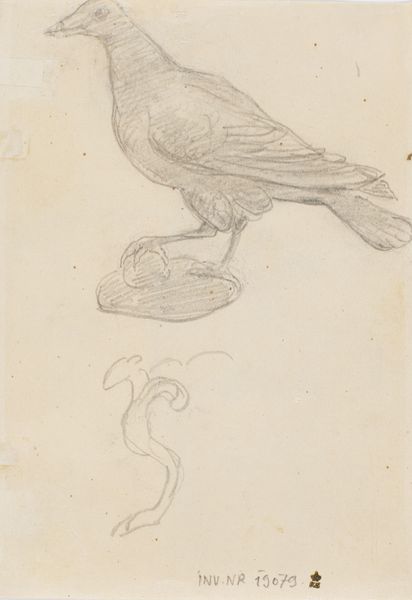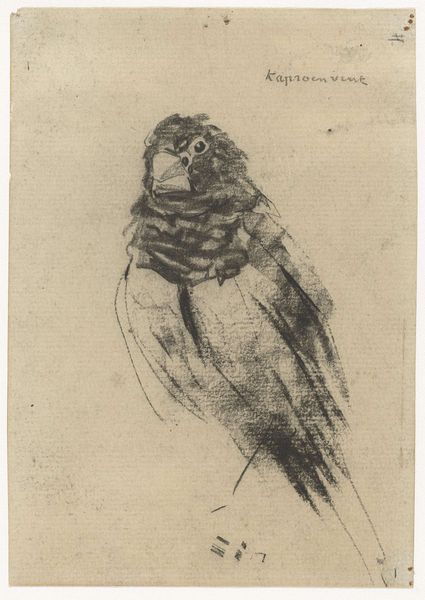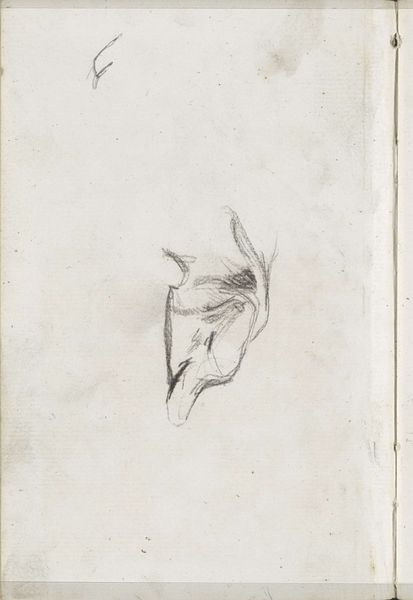
drawing, ink, pen
#
portrait
#
drawing
#
pen sketch
#
pencil sketch
#
ink
#
pen
#
realism
Dimensions: 215 mm (height) x 167 mm (width) (bladmaal)
Curator: Oh, my, a certain morbid tenderness hovers around this. It’s stark. Editor: Indeed. This drawing, made with pen and ink in 1839, is entitled "Head of a Dead Turkey Hen" by Johan Thomas Lundbye, currently residing here at the SMK. The date itself is inscribed elegantly on the upper right portion of the artwork. What do you read into such a curious piece? Curator: A Victorian obsession, I suppose, with memento mori. Yet, there’s a distinct lack of drama. The turkey's eye is almost serene. It's unsettling, yet quietly observant, like it’s peering through time. The way the wattles are rendered feels less like detached observation and more like an empathetic rendering of texture. Editor: Right, the detail work is intriguing, particularly how Lundbye uses hatching and cross-hatching to give form and texture to the turkey's head. Turkeys, of course, were already making their mark on history and symbolism as Thanksgiving, the quintessentially North American holiday celebrating gratitude for a bounteous harvest, had already come into play. This could be symbolic, as perhaps there are religious undertones to mortality in connection to bounty. What might we find from looking through those cultural lenses? Curator: That could very well be the case! However, that turkey wattle! It makes me think more broadly about cycles of life, the kind that you notice, up close in nature and death. Is it purely documentation? I see reverence, too. Perhaps this is a kind of humble attempt to engage with something universal: life in its full, strange trajectory from vulnerability to nourishment to inert being. Editor: Perhaps we can simply acknowledge the artistic process—an exploration in capturing details and, somehow, imbuing what’s absent (life) into the represented form with presence and immediacy? It reminds us that even the humblest of subjects, rendered with skill and consideration, can resonate deeply. Curator: Ultimately, the image, although simple in execution, continues to offer many interpretive layers as time unfolds and new symbols make themselves present. Editor: That’s exactly right, isn’t it? A constant flux as new signs attach themselves to the enduring image!
Comments
No comments
Be the first to comment and join the conversation on the ultimate creative platform.
